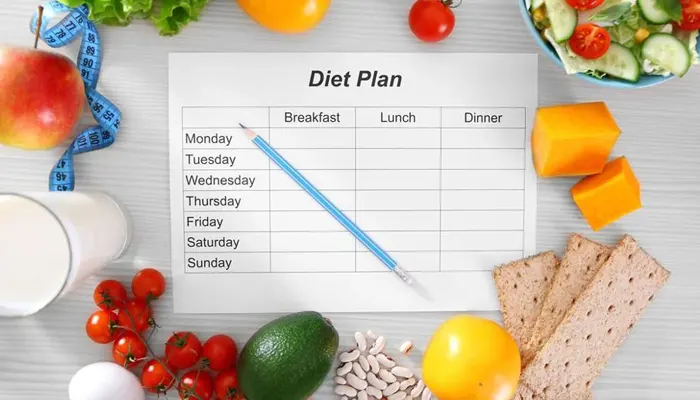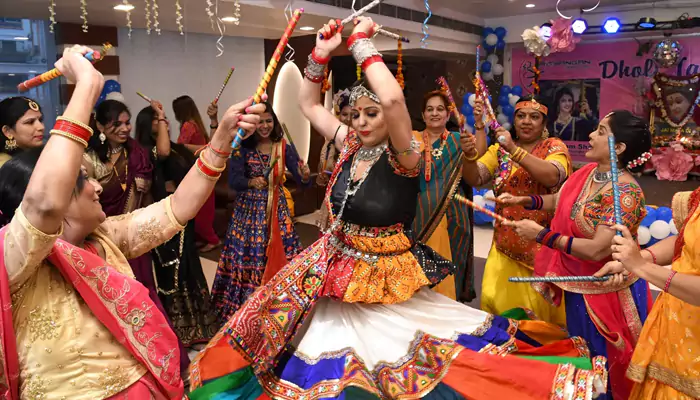Ayurveda Aaj - Self-Care Made Simple: A Beginner's Guide to Ayurvedic Massage Techniques
- Sanchari Das
- 1 year ago
- 3 minutes read

New to Ayurvedic self-care? Start with Abhyanga massage for mind-body balance
Ayurveda, a healing practice from ancient India, has been practiced for over 5,000 years. At its core is the principle of mind, body, and soul balance. One key therapy in Ayurveda is the Abhyanga massage, a treatment that's much more than a physical experience; it's a nurturing ritual. Curious about what an Ayurvedic massage entails? Let's dive into the essence of Abhyanga.
What is Abhyanga?
Abhyanga is a unique type of oil massage. Warm oil, usually infused with herbs, is applied from head to toe in gentle strokes. Originating from the Sanskrit words Abhi (against) and anga (movement), it represents a massage technique that is soothing and revitalizing. In India, many practice Abhyanga as part of a daily routine to promote well-being.

How does Abhyanga work?
In Ayurveda, skin is considered one of the body's primary gateways to health. It's a key part of the immune system and helps in detoxification. Abhyanga combines the benefits of touch with the therapeutic properties of oil. When warm oil is massaged into the skin, it hydrates, nourishes, and keeps the skin supple. The massage can also improve blood circulation, which may bring essential nutrients to the skin.

The oils used in Abhyanga are believed to be important for healing, with each oil selected based on your unique body type, or dosha. Commonly, sesame oil is preferred, especially for dry skin or cooler climates, while coconut oil is used for warmer conditions. Adding herbs and spices like cinnamon or clove can also enhance the oil's effects, further aligning with the individual's dosha.
Credit -- srisriwellbeing
Potential Benefits of Abhyanga
Abhyanga offers numerous physical and mental benefits. Here are a few:
- Stress Relief: Massage, in general, helps lower stress, but Abhyanga goes deeper. It calms the nervous system, grounding the mind and reducing tension.
- Better Circulation: Gentle strokes help stimulate blood flow, potentially lowering blood pressure and encouraging lymphatic drainage.
- Improved Sleep: A soothing Abhyanga session before bed can help relax the body, preparing you for a deeper, more restful sleep.
- Healthy Skin and Hair: Regular Abhyanga keeps skin hydrated and strong, while massaging the scalp may improve hair health and reduce dryness.
Can anyone try Abhyanga?
Generally, Abhyanga is safe and can be done by most people. However, individuals with specific health issues, such as varicose veins, skin infections, or open wounds, should avoid it or consult a doctor before starting.
Credit -- sukham_yogashala
DIY Abhyanga at home
If you'd like to try Abhyanga on your own, here are some simple steps:
- Choose Your Oil: Sesame oil is great for most, but use coconut oil in warmer months. Warm the oil slightly by rubbing it between your palms.
- Start with Limbs: Begin massaging your arms and legs with gentle, sweeping strokes, moving from the heart outward.

- Circular Motions for Joints: Use circular movements on areas like knees, elbows, and joints, where tension can build up.
- Nurture tender areas: Apply light pressure on the belly, chest, and head. Don't skip areas like the scalp, which can carry a lot of stress.
- Let it Sit: Let the oil soak in for at least five minutes, then rinse off in lukewarm water.
Abhyanga is more than just a massage; it's a self-care ritual that encourages slowing down, nurturing yourself, and cultivating a sense of peace. Try incorporating it into your routine to experience its grounding benefits.












